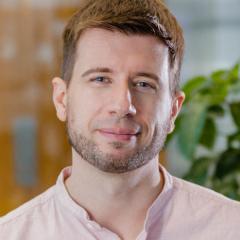Understanding and controlling cell state transitions
The laboratory’s research is centred around in-depth profiling of transcriptional and epigenetic changes that occur during cellular transitions, to understand their molecular basis and importantly, to control them. In this context, we study cell fate conversions that occur rapidly because of forced cellular reprogramming but more critically the slower, albeit functionally meaningful, changes that occurring as part of cell ageing.
Group leader

Dr Christian Nefzger
Group Leader, Cellular reprogramming and ageing
c.nefzger@imb.uq.edu.au
UQ Experts Profile
Google Scholar profile
Our approach
Ageing is the greatest risk factor for most degenerative diseases but meaningful interventions targeting the process itself, to move the focus away from merely treating its symptoms, are missing. On a cellular level, functional decline appears to have a largely non-genetic or epigenetic basis, since age-compromised cells can be reprogrammed towards a pluripotent state (iPS technology) and then used to generate young and healthy mice. Despite a growing appreciation, we still do not understand how age-related epigenetic changes drive cellular dysfunction hindering development of effective strategies for mitigating functional cellular decline in ageing.
To gain a deep understanding about the age-altered TF network and enable strategies to directly improve it (without any form of pluripotency induction), the lab investigates (among other things) how the TF-network is reshaped by age in major mammalian cell types at base pair resolution through multiomics strategies and functionally tests the effects of reinforcing or destabilising factors/factor combinations with age-altered activity using model systems.
Research areas
*
General enquiries
+61 7 3346 2222
imb@imb.uq.edu.au
Media enquiries
IMB fully supports UQ's Reconciliation Action Plan and is implementing actions within our institute.
Support us
Donate to research
100% of donations go to the cause





